Fuel Pump Replacement Cost Calculator
Estimate Your Replacement Cost
See what your fuel pump replacement might cost based on your vehicle type and pump selection.
Estimated Costs
Note: This estimate includes parts, labor, and miscellaneous fees (fuel system cleaning, disposal). Actual costs may vary based on specific vehicle conditions and shop rates.
Pro Tip: Shop around! Prices can vary by up to 30% between different shops.
When the gas pedal feels sluggish or the engine sputters before it even starts, a failing fuel pump is often the culprit. Knowing how much it usually costs to replace a fuel pump helps you avoid surprise bills and decide whether a DIY fix makes sense.
What a fuel pump actually does
Fuel pump is a mechanical device that moves gasoline from the tank to the engine at the right pressure. It sits inside the fuel tank on most modern cars and is powered by an electric motor. A healthy pump keeps the engine humming, while a weak one can cause stalling, hard starts, or a complete loss of power.
Common reasons a pump fails
- Contaminated fuel (water, debris, or old gasoline) wears down seals.
- Overheating from a faulty cooling line reduces pump lifespan.
- Electrical issues, such as a bad relay or corroded wiring.
- High mileage - most pumps last 80,000‑150,000 km before showing trouble.

What drives the cost?
Three main pieces make up the total price tag:
- Parts - the pump itself, plus any needed seals or fuel lines.
- Labor - time spent removing the tank, swapping the pump, and refilling the system.
- Location factors - shop rates vary by city, and regional taxes can add a few hundred dollars.
Below is a quick look at typical ranges in 2025 dollars (NZD, US$, and AU$ for reference):
- Parts: $120‑$500 depending on brand and type.
- Labor: $150‑$300 for a standard sedan; up to $450 for a high‑performance vehicle that requires extra removal steps.
- Miscellaneous: $20‑$50 for fuel system cleaning and disposal fees.
Adding everything up, most drivers see a fuel pump replacement cost between $300 and $850, with luxury or diesel models sometimes crossing $1,200.
OEM vs aftermarket vs remanufactured pumps
Choosing the right pump type can shave off a few hundred dollars or give you extra peace of mind. Here’s how they differ:
| Type | Price (USD) | Warranty | Typical Lifespan | Fitment |
|---|---|---|---|---|
| OEM | $350‑$500 | 12‑24 months | 80,000‑150,000 km | Exact match |
| Aftermarket | $200‑$350 | 6‑12 months | 70,000‑120,000 km | Usually compatible |
| Remanufactured | $250‑$400 | 12‑24 months | 80,000‑140,000 km | Exact match |
OEM pumps give you factory‑level confidence, but an aftermarket unit from a reputable brand can be a solid budget choice. Remanufactured parts sit in the middle, offering a near‑new pump at a reduced price.
DIY replacement: Is it worth the effort?
If you’re comfortable with basic car work, swapping a pump yourself can cut labor costs dramatically. Here’s what you’ll need:
- Diagnostic tool is a handheld device that reads fuel pressure codes and confirms the pump is the problem.
- Jack and jack stands to safely lift the vehicle.
- Wrench set and fuel line disconnect tools.
- New pump (choose OEM, aftermarket, or remanufactured).
Typical DIY time is 2‑4 hours, depending on vehicle layout. Expect to spend $50‑$100 on tools if you don’t already own them. Safety note: always relieve tank pressure before disconnecting lines to avoid fuel spray.

Getting an accurate quote from a shop
Even if you plan to go pro, a clear quote helps you compare offers. Follow these steps:
- Ask the shop to run a fuel system diagnostic and provide a written code list.
- Specify the pump type you prefer (OEM, aftermarket, or remanufactured).
- Request a breakdown of parts, labor, and any additional fees.
- Check if the shop includes a warranty on both parts and labor.
- Get a written estimate before authorizing any work.
Most reputable mechanic services will honor the estimate unless unexpected damage is discovered.
Tips to avoid overpaying
- Shop around at both independent garages and dealership service bays - prices can vary by 30%.
- Ask if the shop can source the pump directly from a parts retailer; sometimes they charge a markup.
- Consider a reputable aftermarket brand if the OEM price is high; performance differences are often negligible for daily driving.
- When DIY, follow a step‑by‑step guide and double‑check torque specs to avoid premature failure.
- Keep all receipts - many warranties require proof of purchase for claim eligibility.
Frequently Asked Questions
How can I tell if the fuel pump is the problem?
Typical signs include slow engine cranking, sputtering at idle, loss of power under load, and a whine from the tank. Running a fuel pressure test with a diagnostic tool will confirm the issue.
Do I need to replace the fuel filter when I replace the pump?
It’s a good habit to change the filter at the same time. A clogged filter can strain the new pump and reduce its lifespan.
Is a remanufactured pump reliable?
When sourced from a reputable refurbisher, remanufactured pumps meet or exceed original specifications and often come with a 12‑month warranty, making them a solid middle‑ground choice.
How long should a professional fuel pump replacement take?
Most shops finish the job in 1.5‑3hours, depending on vehicle access and whether the tank needs to be dropped.
Will a faulty fuel pump trigger a check engine light?
Yes. The engine control unit logs a P0087 or P0088 code for low or high fuel pressure, which lights the check engine indicator.
Can I use a used pump from a junkyard?
Technically possible, but risks include unknown mileage, hidden damage, and a lack of warranty. It’s generally safer to opt for a new or remanufactured unit.

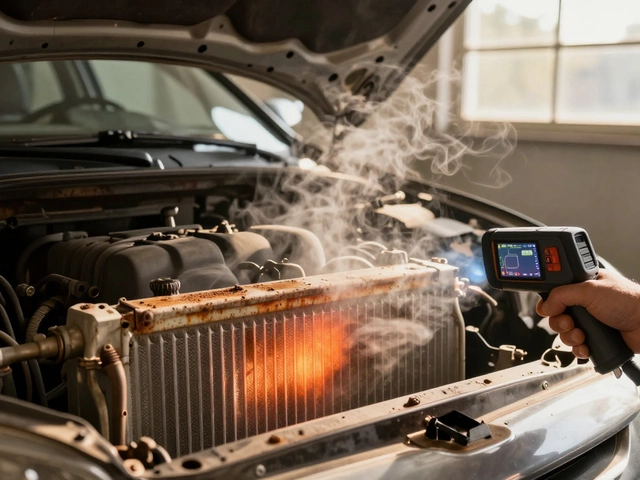
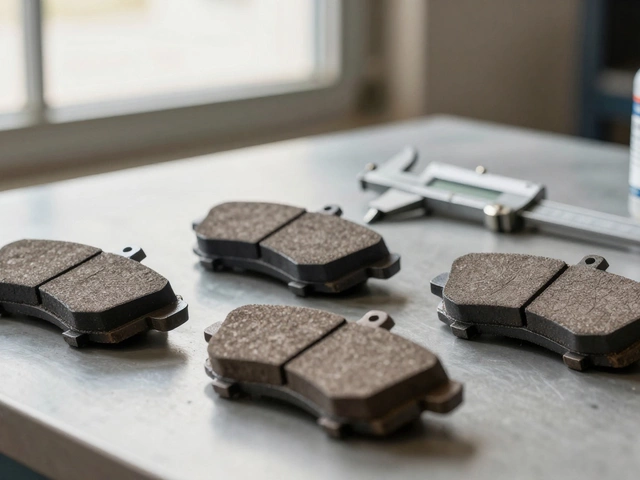
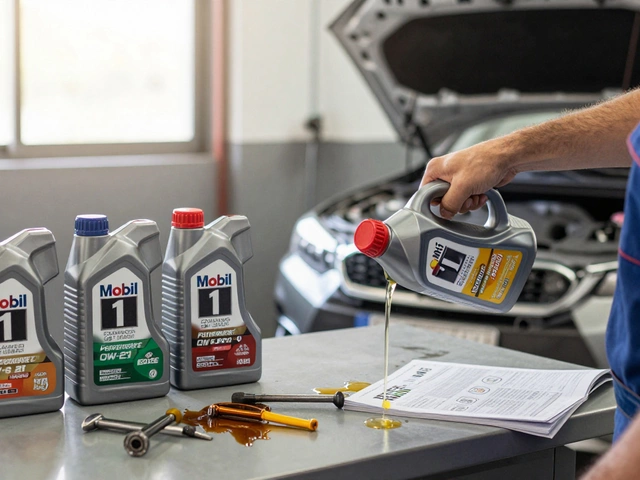
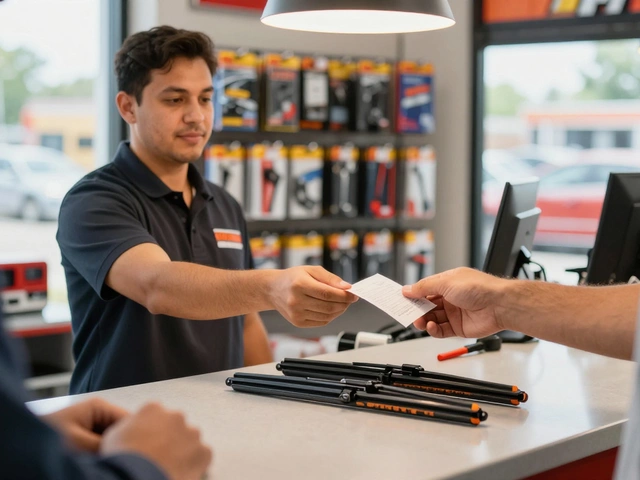


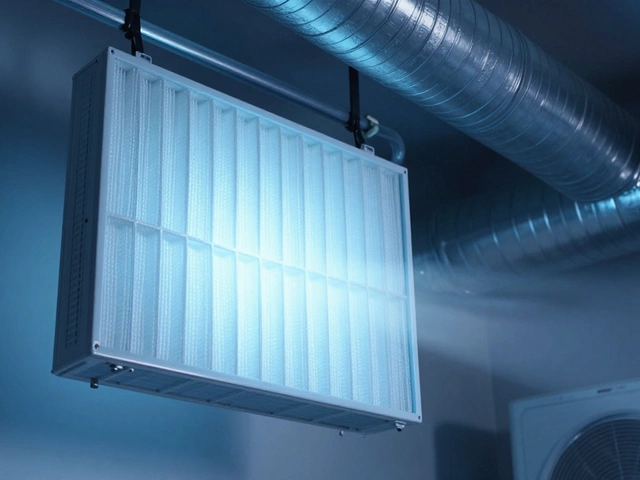

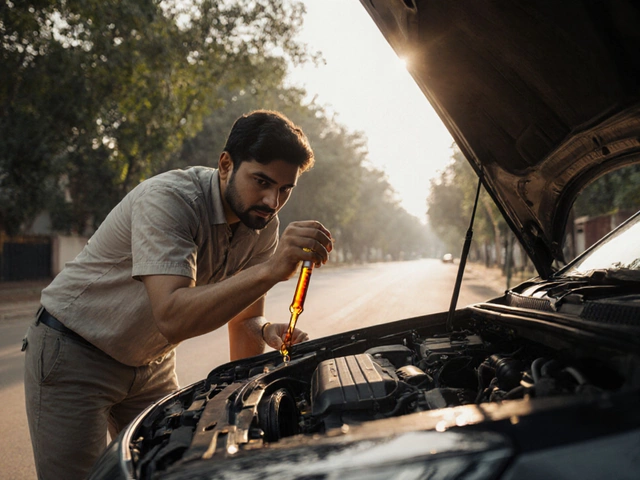

Write a comment